Imagine walking through the Irish countryside, greeted by a tapestry of wildflowers, ancient oaks, and the gentle hum of bees. Yet, beneath this beauty, a silent struggle plays out: centuries of farming, invasive species, and climate change have pushed Ireland’s native plants to the edge. Today, a passionate movement is fighting to bring the Celtic garden back to life. These efforts go beyond simple gardening—they revive lost traditions, heal the land, and reconnect people with the deep magic of Ireland’s flora. The story of restoring native flora in Ireland is not just about plants; it’s about identity, resilience, and hope.
The Lost Tapestry: What Happened to Ireland’s Native Plants?
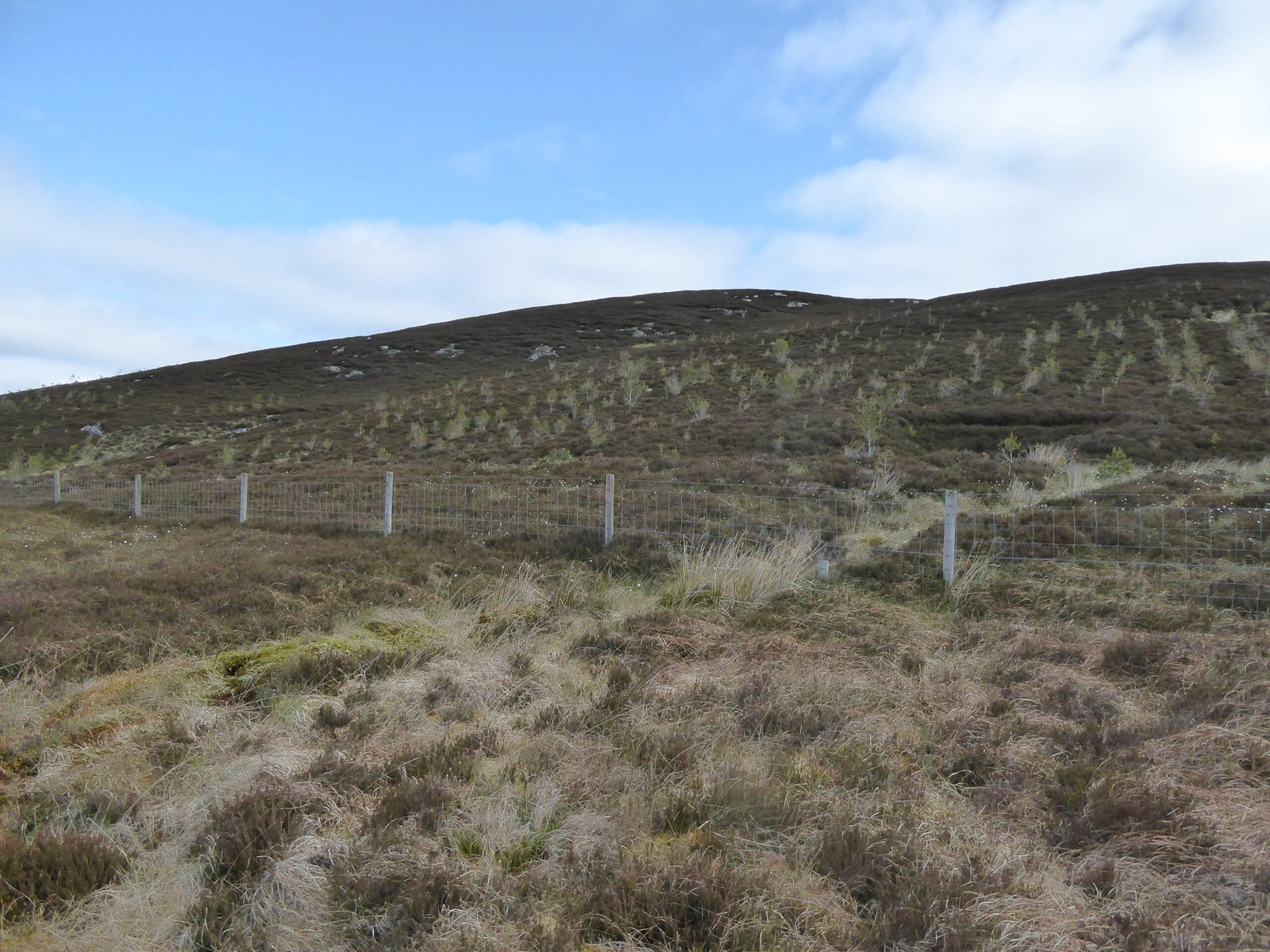
For thousands of years, Ireland’s plants painted the land with color and life. Meadows brimmed with orchids, bluebells, and primroses, while woodlands echoed with the rustle of hazel and holly. Sadly, much of this diversity vanished over time. Agricultural expansion, drainage of bogs, and the introduction of foreign species like rhododendron and laurel have choked out native flowers. Even well-meaning Victorian gardeners replaced wild species with exotic imports. Today, only fragments of the ancient Celtic garden remain, clinging to hedgerows and protected reserves. The loss is more than aesthetic—it disrupts the complex web of pollinators, birds, and mammals that depend on native plants.
The Heart of the Celtic Garden: Why Native Flora Matters
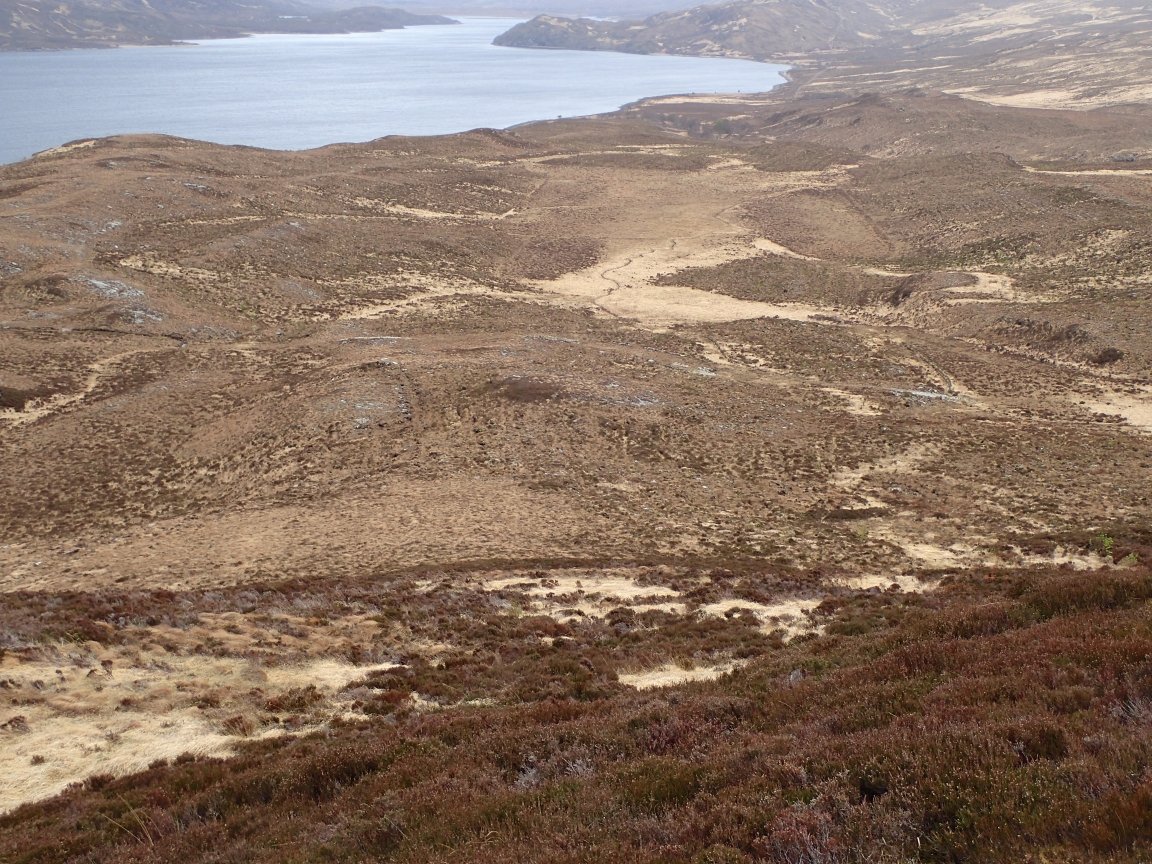
Native plants are the quiet heroes of Ireland’s ecosystems. Unlike imported species, they’ve evolved alongside local insects, birds, and soil microbes for millennia. Bluebells, for example, bloom just as bumblebees emerge from hibernation, perfectly timed for pollination. Oaks and birches create shelter for countless creatures, from tiny beetles to nesting songbirds. When native flora disappears, so do the creatures that rely on them. Scientists warn that losing native plants can trigger a domino effect, leading to fewer pollinators and declining bird populations. Restoring native flora isn’t just about pretty landscapes—it’s about healing broken ecosystems from the roots up.
Seeds of Change: Grassroots Movements Across Ireland
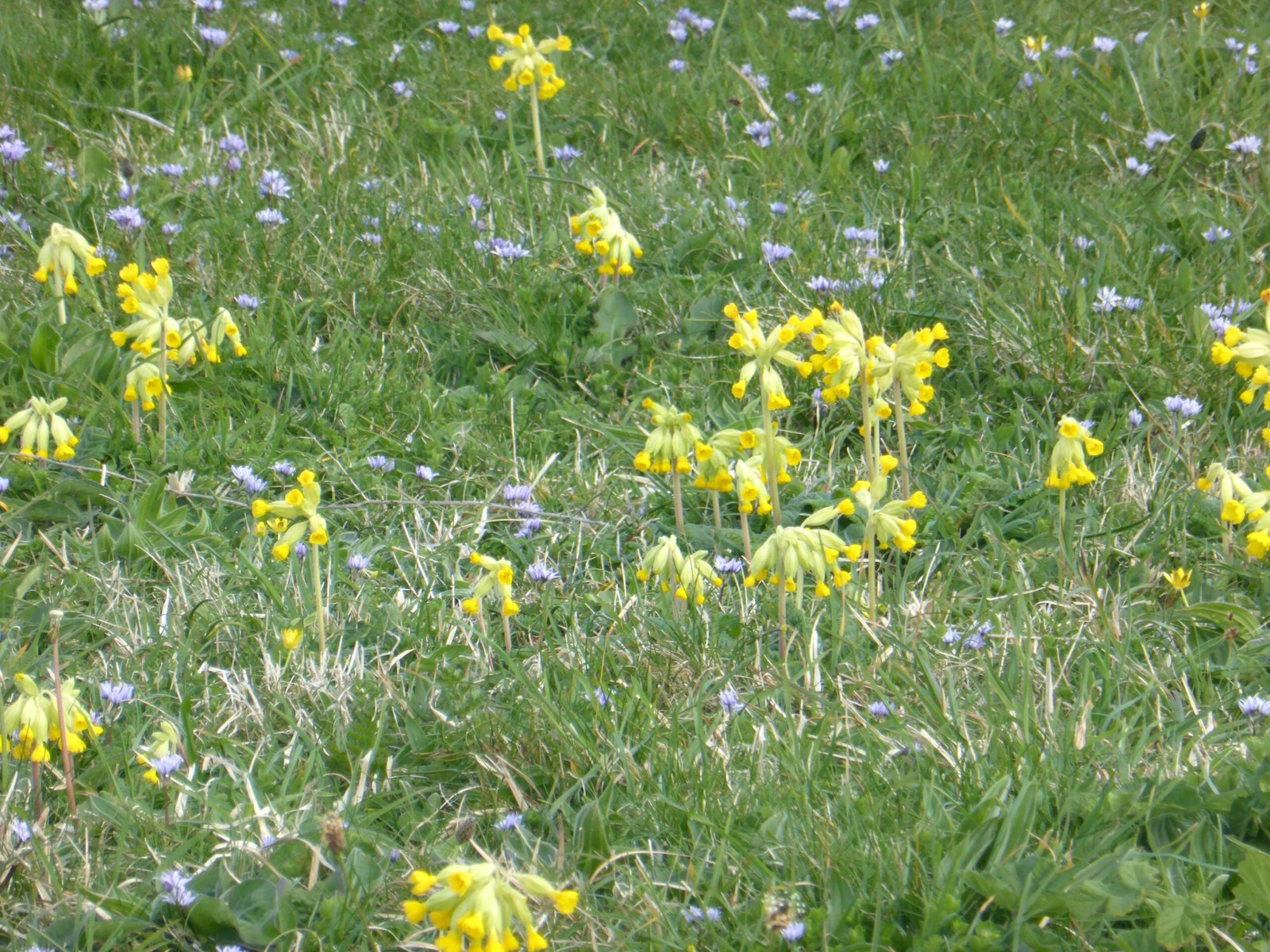
All across Ireland, people are rolling up their sleeves to rescue native plants. Community groups, schools, and farmers are sowing wildflower meadows, planting native hedgerows, and clearing invasives by hand. In places like the Burren, locals collect seeds from rare orchids to replant in threatened patches. Children learn to recognize ancient woodland species like wood anemone, reconnecting with traditions their grandparents knew. Even in cities, pockets of wildness are springing up in parks and along roadsides. These efforts show that anyone, from a rural farmer to an urban gardener, can help revive Ireland’s botanical heritage.
Ancient Wisdom: Celtic Traditions and Plant Lore

Restoring the Celtic garden goes far beyond science—it’s a return to ancient wisdom. For centuries, Irish people looked to native plants for food, medicine, and magic. Hazel was believed to grant wisdom, yew was a symbol of immortality, and rowan protected against evil spirits. Old poems and folklore are rich with references to the power of wildflowers and trees. Today, many gardeners and land stewards are weaving these traditions back into their work. By planting native species, they keep alive stories and rituals that have shaped Ireland’s identity for generations.
Fighting the Invaders: Battling Non-Native Species
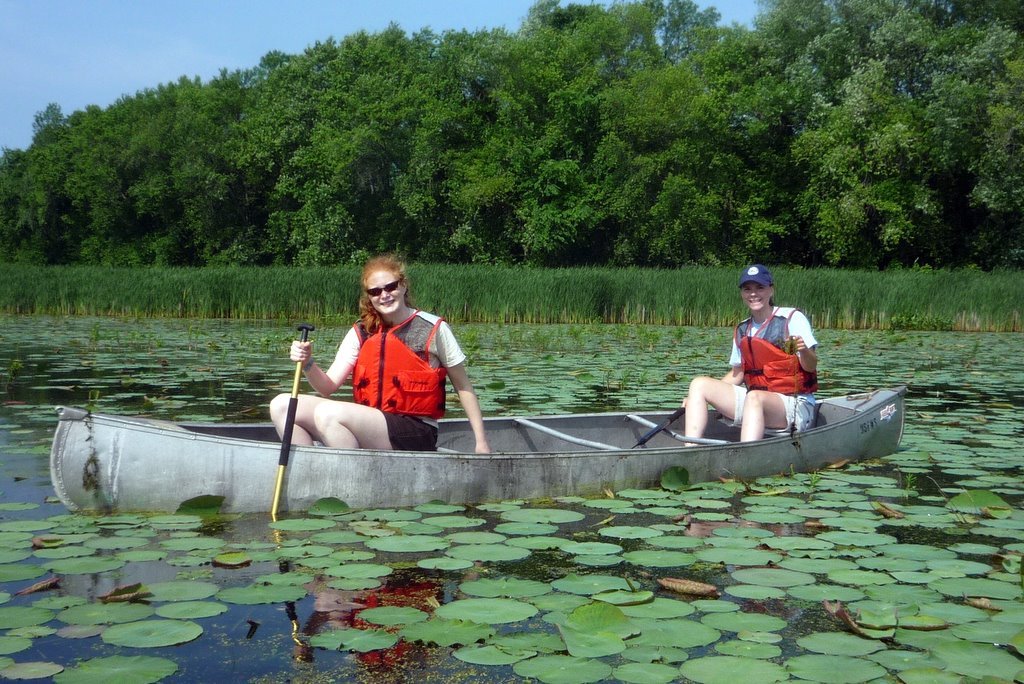
One of the biggest challenges facing the Celtic garden rebirth is the spread of invasive plants. Rhododendron ponticum, originally introduced for its showy blooms, now blankets entire hillsides, smothering native shrubs and wildflowers. Himalayan balsam, with its explosive seed pods, quickly overruns riverbanks. These invaders outcompete local species, alter soil chemistry, and disrupt the food chain. Volunteers and conservationists are working tirelessly to remove invasive plants, sometimes wading waist-deep into bogs or clambering up mountainsides. It’s a tough, ongoing battle, but every patch of cleared ground is a chance for native flora to return.
Science in the Soil: Modern Approaches to Restoration
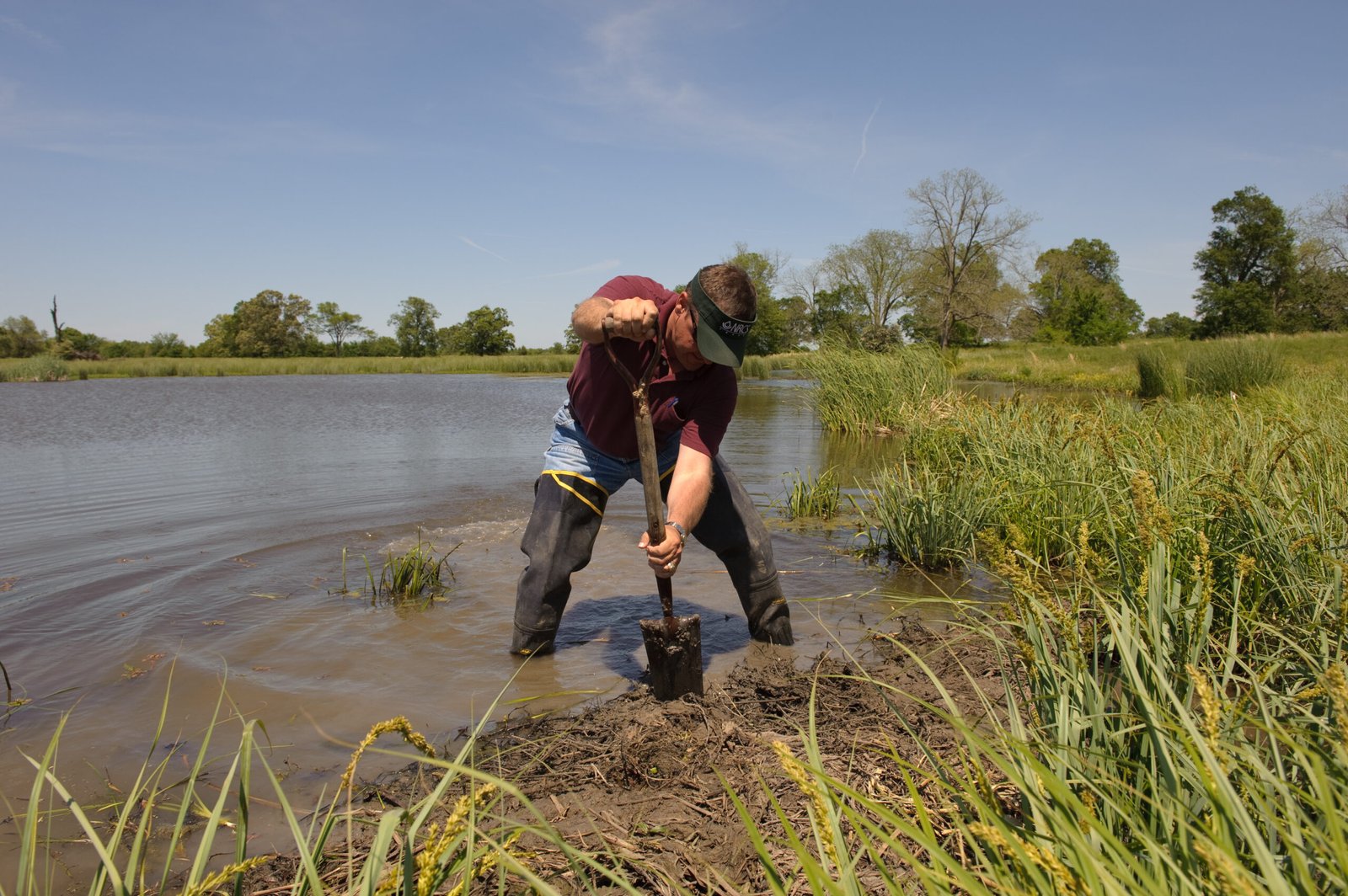
Restoring native flora isn’t just about scattering seeds—it’s a science. Ecologists study ancient pollen, soil types, and microclimates to match the right plants to each location. DNA analysis helps track genetic diversity in rare species, guiding smart replanting strategies. Drone mapping reveals which areas have the best chance for recovery. Some projects even use “rewilding” methods, letting nature lead the way with minimal intervention. The results can be astonishing: in just a few years, bare fields burst into life with wildflowers, butterflies, and birdsong. Science and tradition are working hand in hand to bring the Celtic garden back.
Wildlife Returns: The Ripple Effect of Native Planting
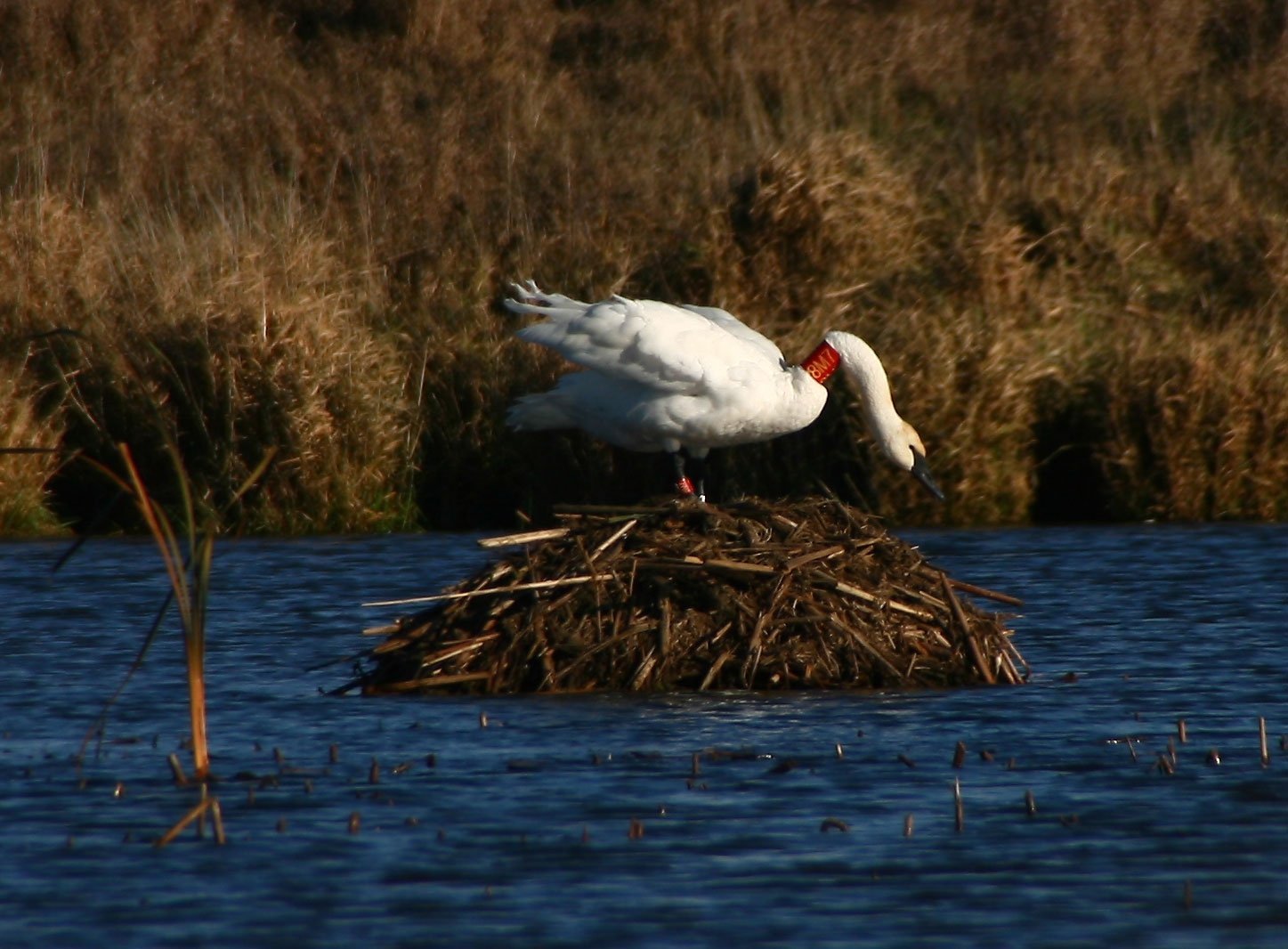
As native plants reclaim their place, wildlife quickly follows. Hedgehogs snuffle through undergrowth, bees dance between foxgloves, and rare butterflies flutter over meadows. Studies show that planting native hedgerows increases the number and variety of birds and insects almost overnight. Waterways cleared of invasives see the return of otters and kingfishers. Every new patch of native flora becomes a miniature sanctuary, connecting isolated habitats and helping species move across the landscape. The revival of plants brings hope not just for nature, but for rural communities who depend on healthy land.
Gardeners at the Frontline: How You Can Help
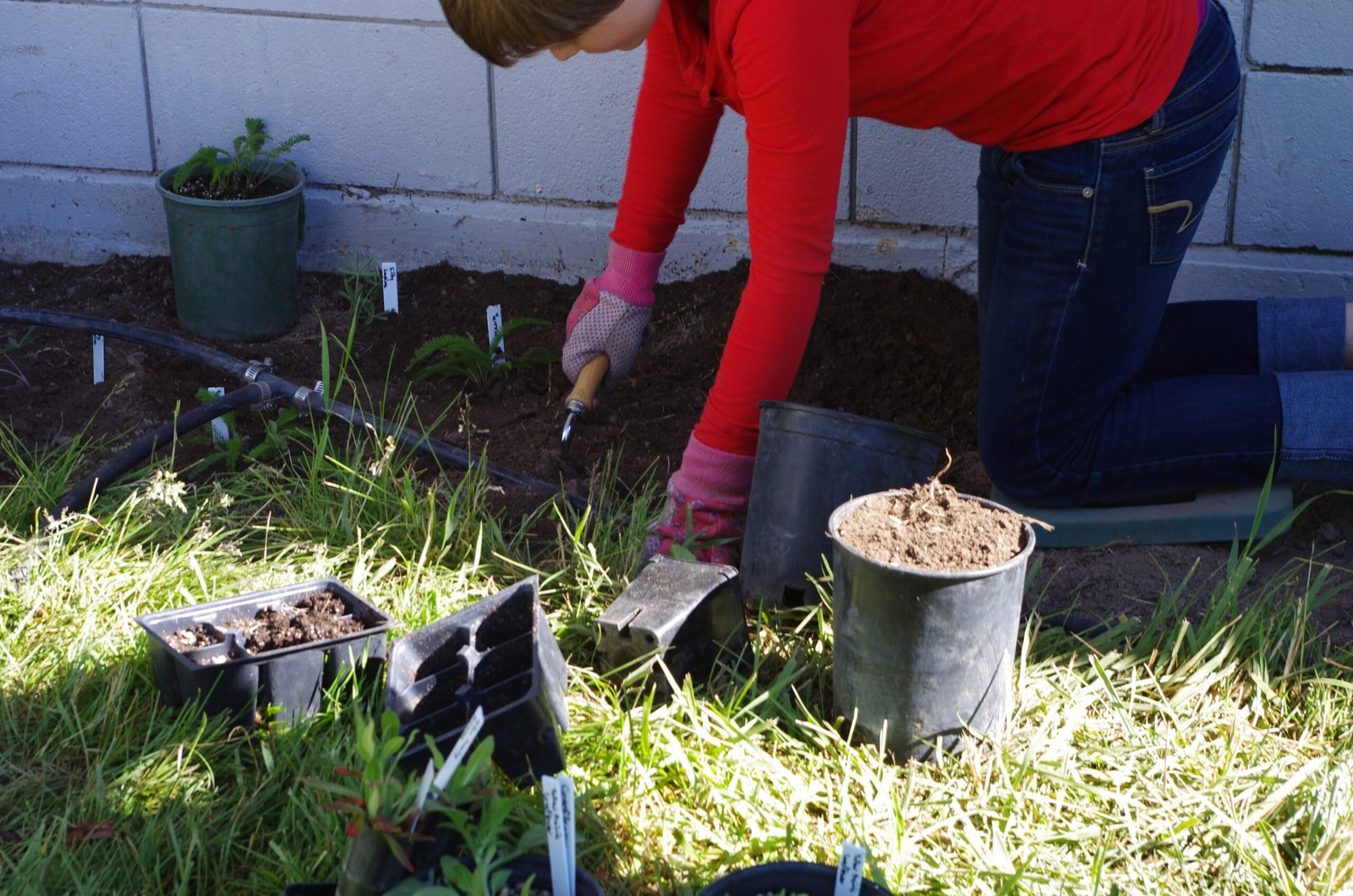
You don’t need to own acres of land to make a difference. Home gardeners are at the heart of the native flora revival. By planting wildflower seeds, choosing native trees like hawthorn or elder, and avoiding invasive ornamentals, anyone can create a tiny Celtic garden. Leaving areas of lawn unmowed allows native clovers and daisies to flourish. Building log piles or ponds invites frogs and insects. Even window boxes and balconies can host native herbs and flowers. Every effort, no matter how small, stitches another thread into Ireland’s lost botanical tapestry.
Education and Inspiration: Spreading the Word
Awareness is growing, but many people still aren’t sure which plants are native or why they matter. Schools, museums, and nature centers are stepping up with workshops, guided walks, and storytelling sessions. Social media campaigns share vivid photos and practical tips for restoring native flora. Artists and writers are rediscovering the magic of Irish wildflowers, weaving them into paintings, poems, and songs. By inspiring curiosity and pride, these efforts help ensure the Celtic garden’s rebirth is more than a passing trend—it becomes a lasting movement.
Facing the Future: Native Flora and Climate Resilience
As climate change brings fiercer storms, droughts, and unpredictable seasons, native plants offer Ireland a lifeline. Deep-rooted species like oak and alder stabilize soils and absorb floodwaters. Wildflower meadows support pollinators essential for crops, even as imported honeybees struggle. Native flora is better adapted to local conditions, making it more likely to survive and thrive as the climate shifts. By restoring these plants, Ireland is building a living shield against the uncertainties of the future—one rooted in its ancient past.
The Celtic Garden Awaits: A Call to Wonder and Action
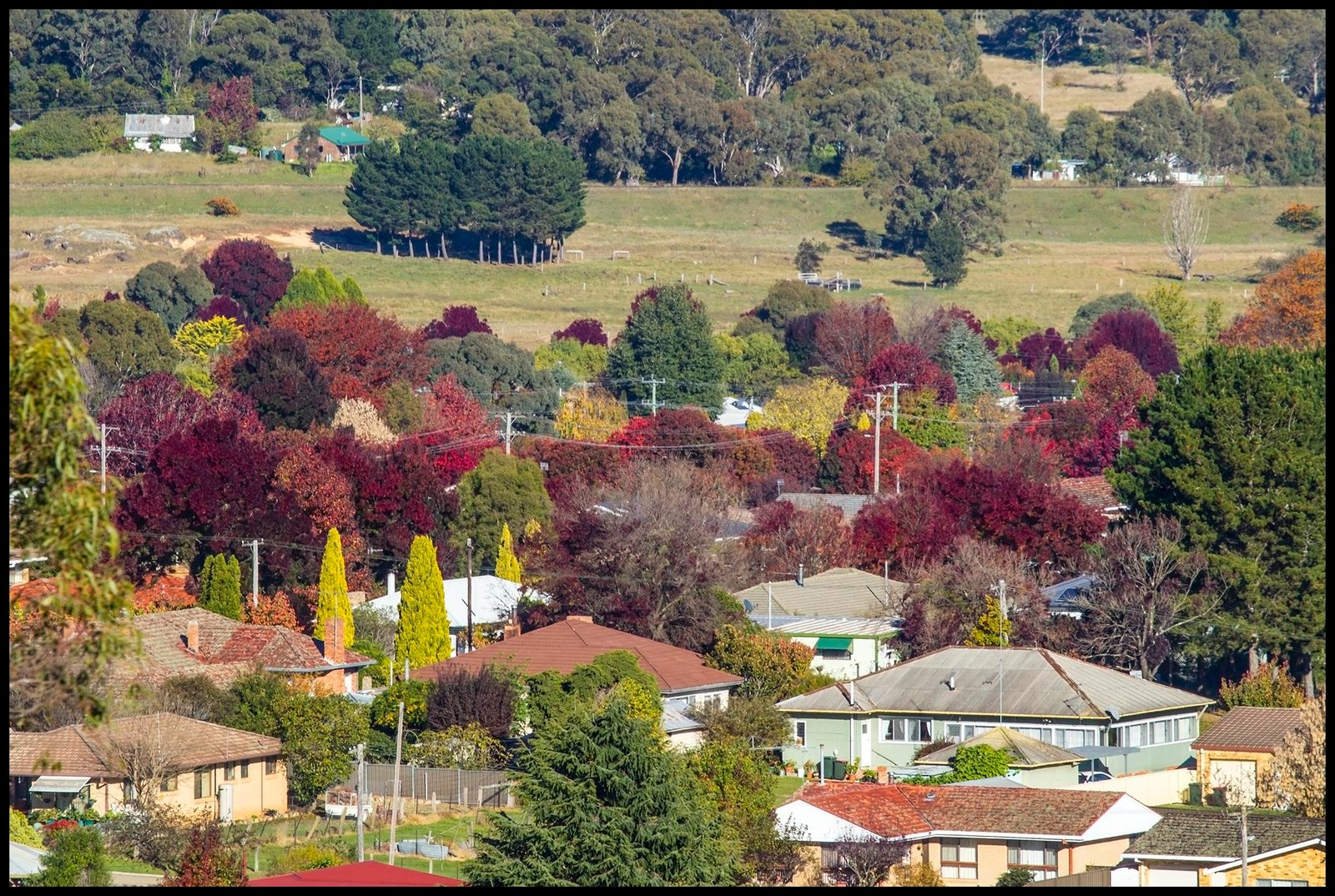
There’s a quiet joy in seeing the first primrose after winter, or hearing the song of a thrush in a newly planted woodland. Restoring native flora in Ireland is an act of hope—a way to repair what’s been lost and pass on a living legacy. Whether you’re tending a wild patch in your garden or joining a community project, you become part of a powerful story. The Celtic garden is being reborn, one seed at a time. Will you help it grow?




